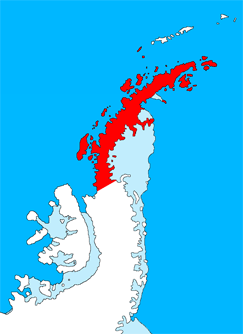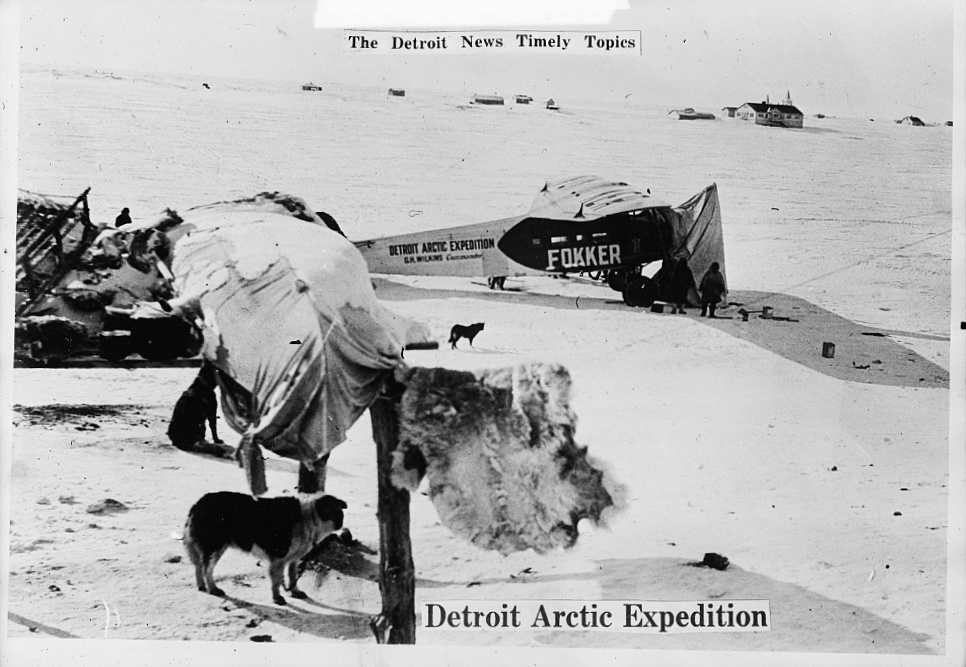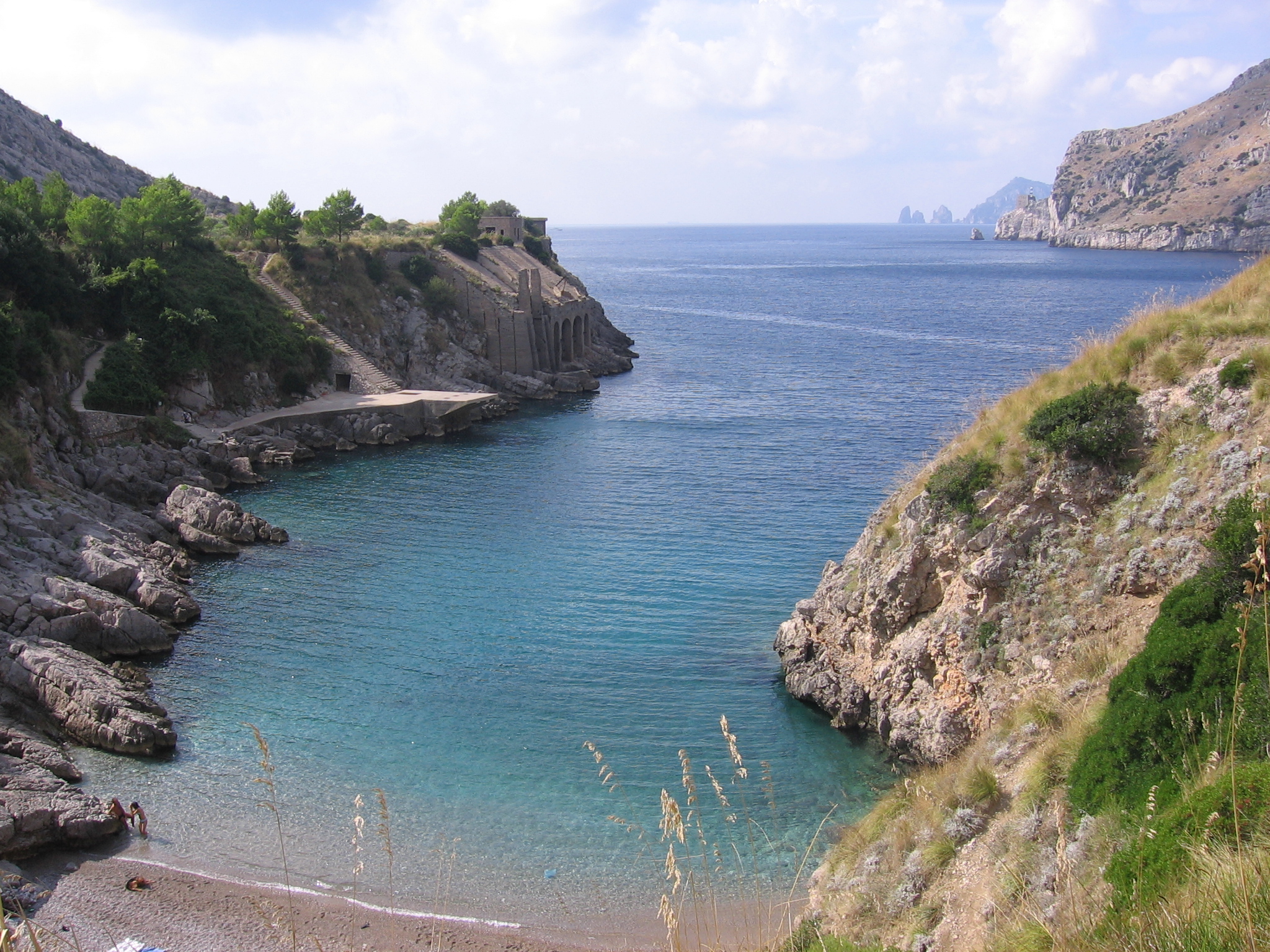|
Trail Inlet
Trail Inlet () is an ice-filled inlet which recedes southwest 15 nautical miles (28 km) between Three Slice Nunatak and Cape Freeman, on the east coast of Graham Land. The inlet was sighted by Sir Hubert Wilkins on his flight of December 20, 1928. The width of Graham Land is reduced to 20 nautical miles (37 km) between the heads of Trail Inlet and Neny Fjord. So named by the US-SCAN because it was a natural route of travel for flights and sledge trips from the East Base of the United States Antarctic Service The United States Antarctic Program (or USAP; formerly known as the United States Antarctic Research Program or USARP and the United States Antarctic Service or USAS) is an organization of the United States government which has a presence in the ... (USAS), 1939–1941, to the east coast of Graham Land. Inlets of Graham Land Fallières Coast {{FallièresCoast-geo-stub ... [...More Info...] [...Related Items...] OR: [Wikipedia] [Google] [Baidu] |
Three Slice Nunatak
Three Slice Nunatak () is a conspicuous nunatak rising to 500 m, surmounting the low, ice-covered northeast extremity of Joerg Peninsula on the east coast of Graham Land. This distinctive landmark, in the form of a serrated ridge 1.5 nautical miles (2.8 km) long, is snow-covered, except for the three almost vertical rock faces which suggest its name. Discovered and named by members of East Base of the United States Antarctic Service The United States Antarctic Program (or USAP; formerly known as the United States Antarctic Research Program or USARP and the United States Antarctic Service or USAS) is an organization of the United States government which has a presence in the ... (USAS) who surveyed this area on land and from the air in 1940. Nunataks of Graham Land Bowman Coast {{BowmanCoast-geo-stub ... [...More Info...] [...Related Items...] OR: [Wikipedia] [Google] [Baidu] |
Cape Freeman (Graham Land)
Cape Freeman () is a cape marking the east end of the peninsula separating Seligman Inlet and Trail Inlet, on the east coast of Graham Land, Antarctica. The cape was photographed from the air in 1940 by the U.S. Antarctic Service. It was charted in 1947 by the Falkland Islands Dependencies Survey (FIDS), who named it for R.L. Freeman, a FIDS surveyor at the Stonington Island Stonington Island is a rocky island lying northeast of Neny Island in the eastern part of Marguerite Bay off the west coast of Graham Land, Antarctica. It is long from north-west to south-east and wide, yielding an area of . It was formerl ... base. See also * Blackface Point References Headlands of Graham Land {{GrahamLand-geo-stub ... [...More Info...] [...Related Items...] OR: [Wikipedia] [Google] [Baidu] |
Graham Land
Graham Land is the portion of the Antarctic Peninsula that lies north of a line joining Cape Jeremy and Cape Agassiz. This description of Graham Land is consistent with the 1964 agreement between the British Antarctic Place-names Committee and the US Advisory Committee on Antarctic Names, in which the name "Antarctic Peninsula" was approved for the major peninsula of Antarctica, and the names Graham Land and Palmer Land for the northern and southern portions, respectively. The line dividing them is roughly 69 degrees south. Graham Land is named after Sir James R. G. Graham, First Lord of the Admiralty at the time of John Biscoe's exploration of the west side of Graham Land in 1832. It is claimed by Argentina (as part of Argentine Antarctica), Britain (as part of the British Antarctic Territory) and Chile (as part of the Chilean Antarctic Territory). Graham Land is the closest part of Antarctica to South America. Thus it is the usual destination for small ships takin ... [...More Info...] [...Related Items...] OR: [Wikipedia] [Google] [Baidu] |
Sir Hubert Wilkins
Sir George Hubert Wilkins MC & Bar (31 October 188830 November 1958), commonly referred to as Captain Wilkins, was an Australian polar explorer, ornithologist, pilot, soldier, geographer and photographer. He was awarded the Military Cross after he assumed command of a group of American soldiers who had lost their officers during the Battle of the Hindenburg Line, and became the only official Australian photographer from any war to receive a combat medal. He narrowly failed in an attempt to be the first to cross under the North Pole in a submarine, but was able to prove that submarines were capable of operating beneath the polar ice cap, thereby paving the way for future successful missions. The US Navy later took his ashes to the North Pole aboard the submarine USS ''Skate'' on 17 March 1959. Early life Hubert Wilkins was a native of Mount Bryan East, South Australia, the last of 13 children in a family of pioneer settlers and sheep farmers. He was born at Mount Bryan East ... [...More Info...] [...Related Items...] OR: [Wikipedia] [Google] [Baidu] |
Neny Fjord
Neny Fjord () is a bay, long in an east–west direction and wide, between Red Rock Ridge and Roman Four Promontory on the west coast of Graham Land, Antarctica. Location Neny Fjord is in the east of the larger Marguerite Bay in Graham Land on the Fallières Coast of the Antarctic Peninsula. It is south of Stonington Island (home of East Base) and Northeast Glacier, west of Trail Inlet and Solberg Inlet, and north of Red Rock Ridge, Hadley Upland and Rymill Bay. Glaciers feeding the fjord are, from south to north, Remus Glacier, Snowshoe Glacier and Neny Glacier. Features of the shore include Providence Cove, Mount Dudley, Billycock Hill, Mount Rhamnus, Mount Nemesis, and Roman Four Promontary. Neny Bay is just north of the fjord. Islands and rocks include Gremlin Island, Pyrox Island and Postillion Rock. Neny Island is just north of the fjord's mouth. Exploration and name This coast was first explored in 1909 by Dr. Jean-Baptiste Charcot who, it appears, gave thi ... [...More Info...] [...Related Items...] OR: [Wikipedia] [Google] [Baidu] |
East Base
East Base on Stonington Island is the oldest American research station in Antarctica, having been commissioned by Franklin D. Roosevelt in 1939. The station was built as part of two US wintering expeditions – United States Antarctic Service Expedition (1939–1941) and Ronne Antarctic Research Expedition (1947–1948). The base covers from north to south and from east to west. The base was accorded the status of one of the Historic Sites and Monuments in Antarctica on 7 May 2004. First expedition The Antarctic Service Expedition was the first government-funded expedition of Admiral Richard E. Byrd (his first two expeditions in 1928–1930 and 1933–1935 were privately funded). East Base was built using Army knockdown buildings and a crew of 23 led by Richard Black, after Admiral Byrd had to return to Washington on the USS ''Bear''. The war time pressures and pack-ice in the bay which prevented ship movement led to the evacuation of the base in 1941 by air. Second expediti ... [...More Info...] [...Related Items...] OR: [Wikipedia] [Google] [Baidu] |
United States Antarctic Service
The United States Antarctic Program (or USAP; formerly known as the United States Antarctic Research Program or USARP and the United States Antarctic Service or USAS) is an organization of the United States government which has a presence in the Antarctica continent. Founded in 1959, the USAP manages all U.S. Research stations in Antarctica, scientific research and related Transport in Antarctica, logistics in Antarctica as well as aboard ships in the Southern Ocean. United States Antarctic Program The United States established the U.S. Antarctic Research Program (USARP) in 1959—the name was later changed to the U.S. Antarctic Program—immediately following the success of the International Geophysical Year (IGY). Today, the National Science Foundation (NSF) has a Presidential Mandate to manage the United States Antarctic Program, through which it operates three year-round research stations and two research vessels, coordinates all U.S. science on the southernmost continent, ... [...More Info...] [...Related Items...] OR: [Wikipedia] [Google] [Baidu] |
Inlets Of Graham Land
An inlet is a typically long and narrow indentation of a shoreline such as a small arm, cove, bay, sound, fjord, lagoon or marsh, that leads to an enclosed larger body of water such as a lake, estuary, gulf or marginal sea. Overview In marine geography, the term "inlet" usually refers to either the actual channel between an enclosed bay and the open ocean and is often called an "entrance", or a significant recession in the shore of a sea, lake or large river. A certain kind of inlet created by past glaciation is a fjord, typically but not always in mountainous coastlines and also in montane lakes. Multi-arm complexes of large inlets or fjords may be called sounds, e.g., Puget Sound, Howe Sound, Karmsund (''sund'' is Scandinavian for "sound"). Some fjord-type inlets are called canals, e.g., Portland Canal, Lynn Canal, Hood Canal, and some are channels, e.g., Dean Channel and Douglas Channel. Tidal amplitude, wave intensity, and wave direction are all factors ... [...More Info...] [...Related Items...] OR: [Wikipedia] [Google] [Baidu] |




